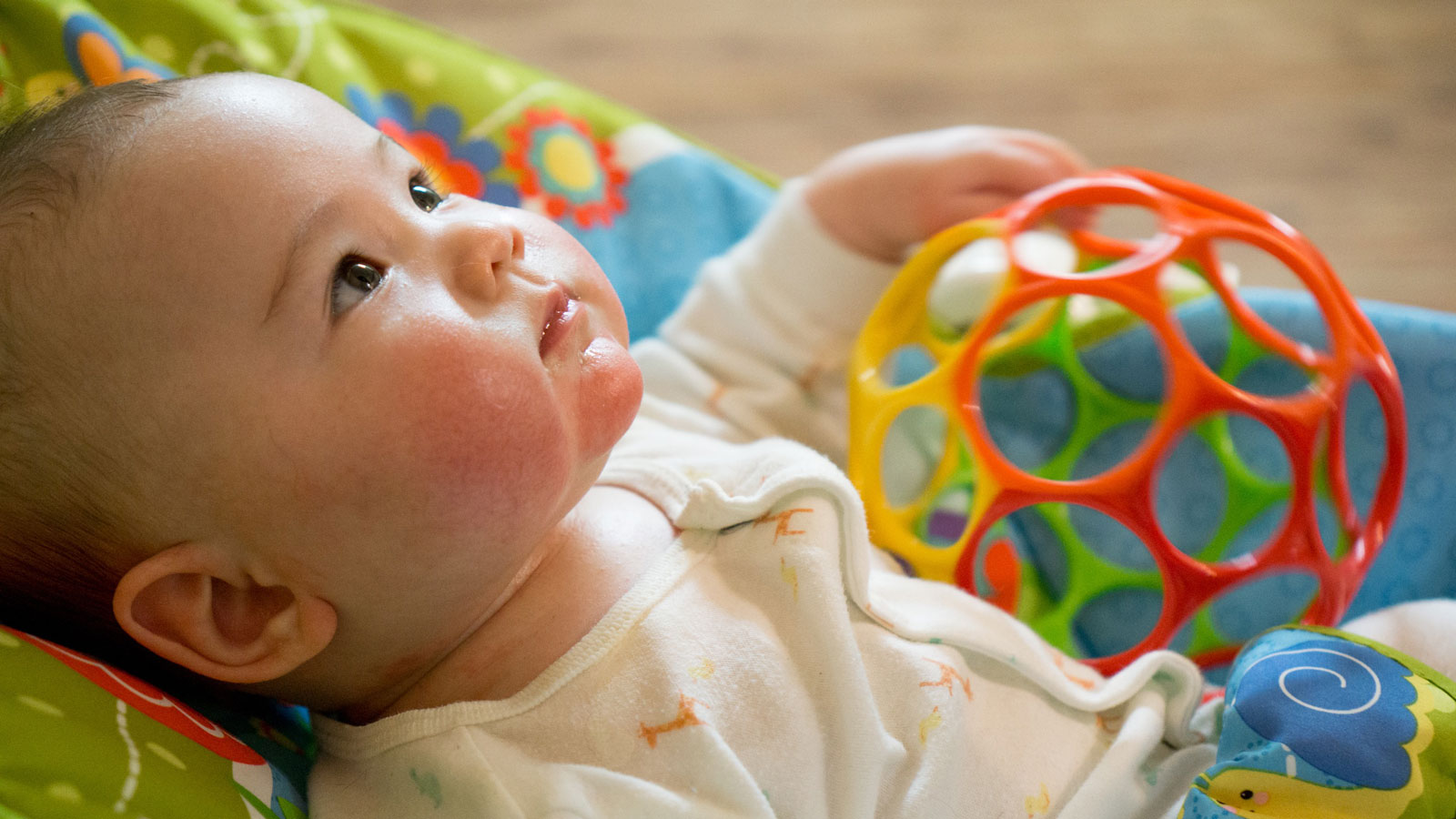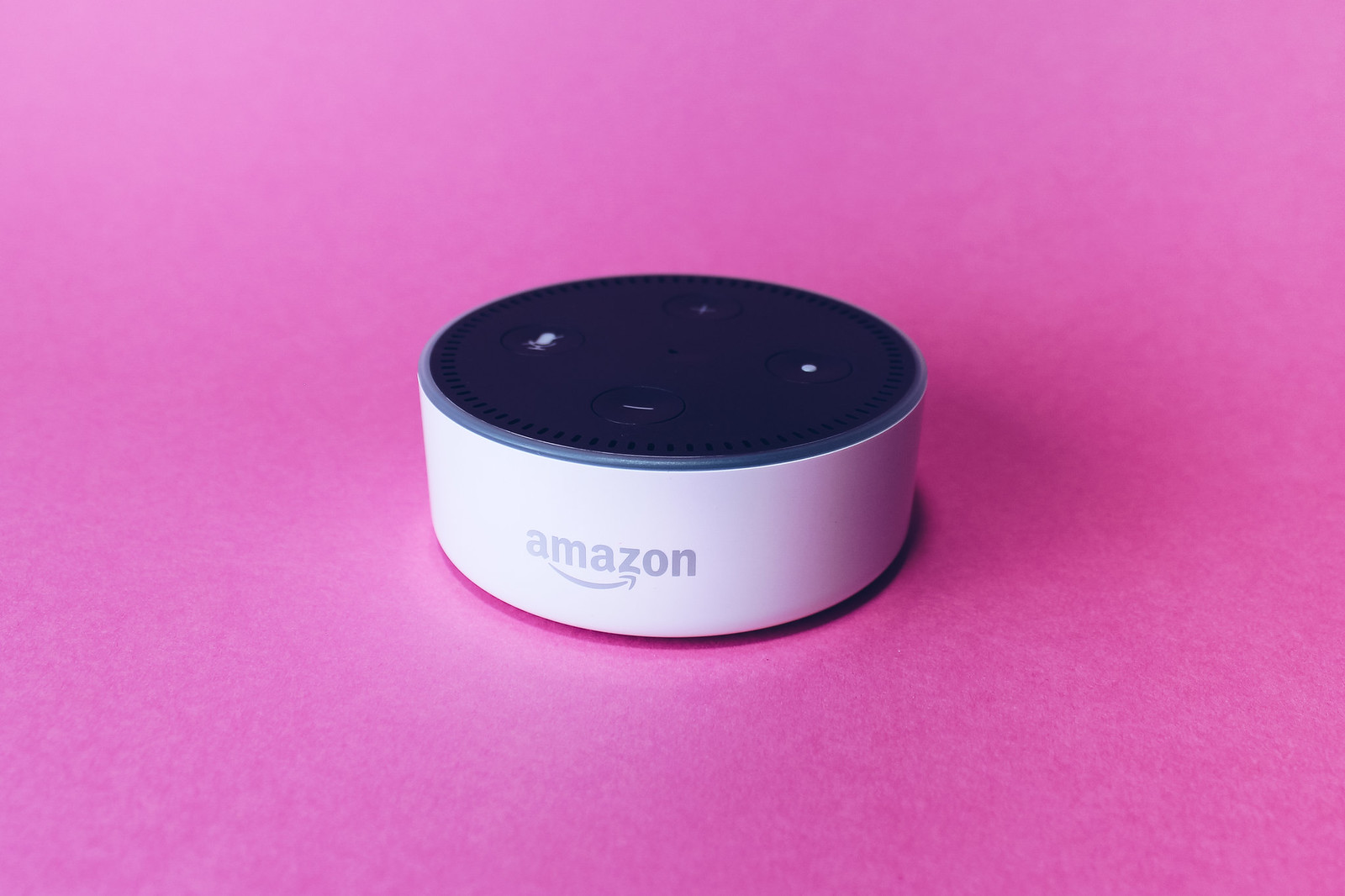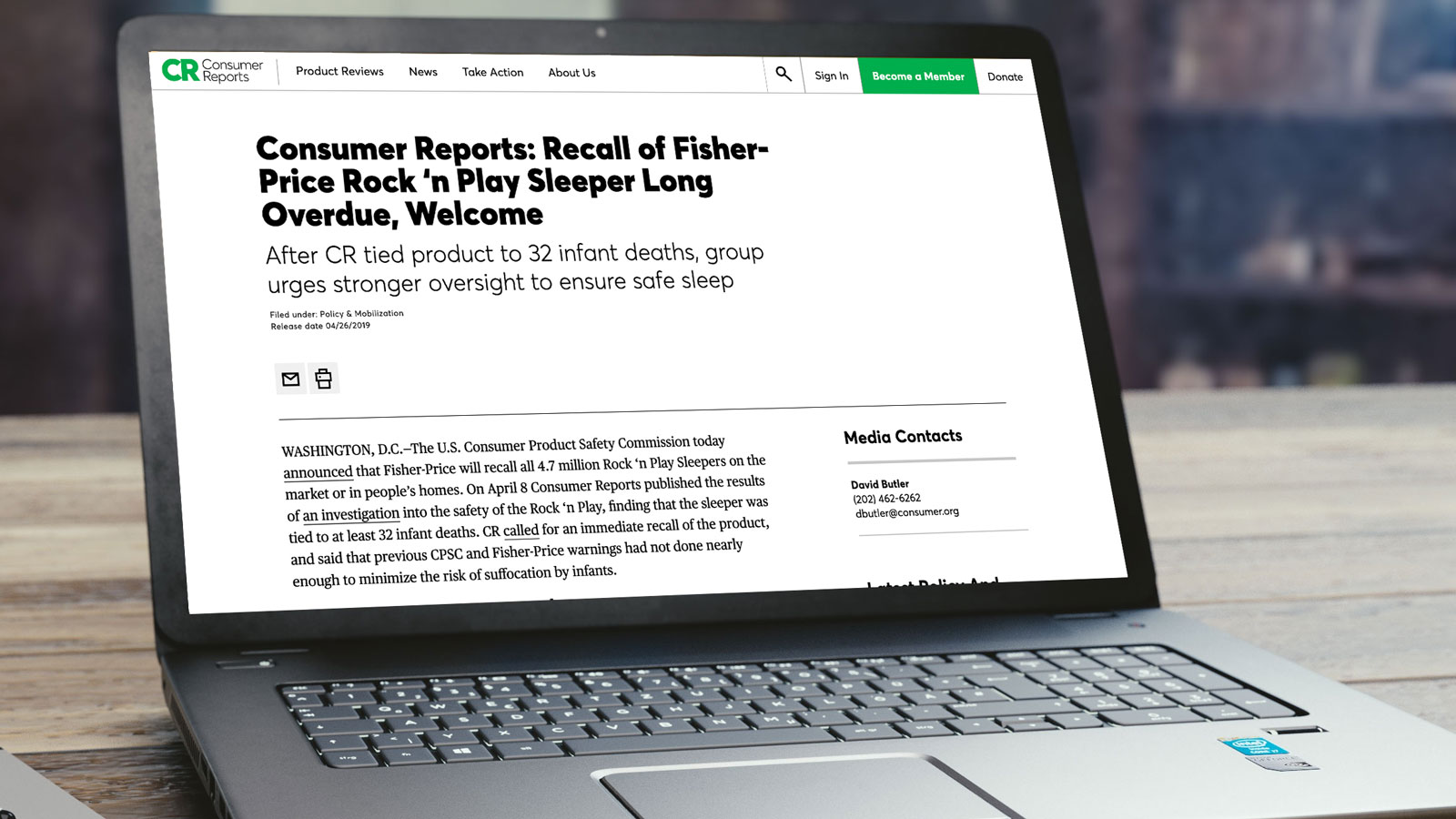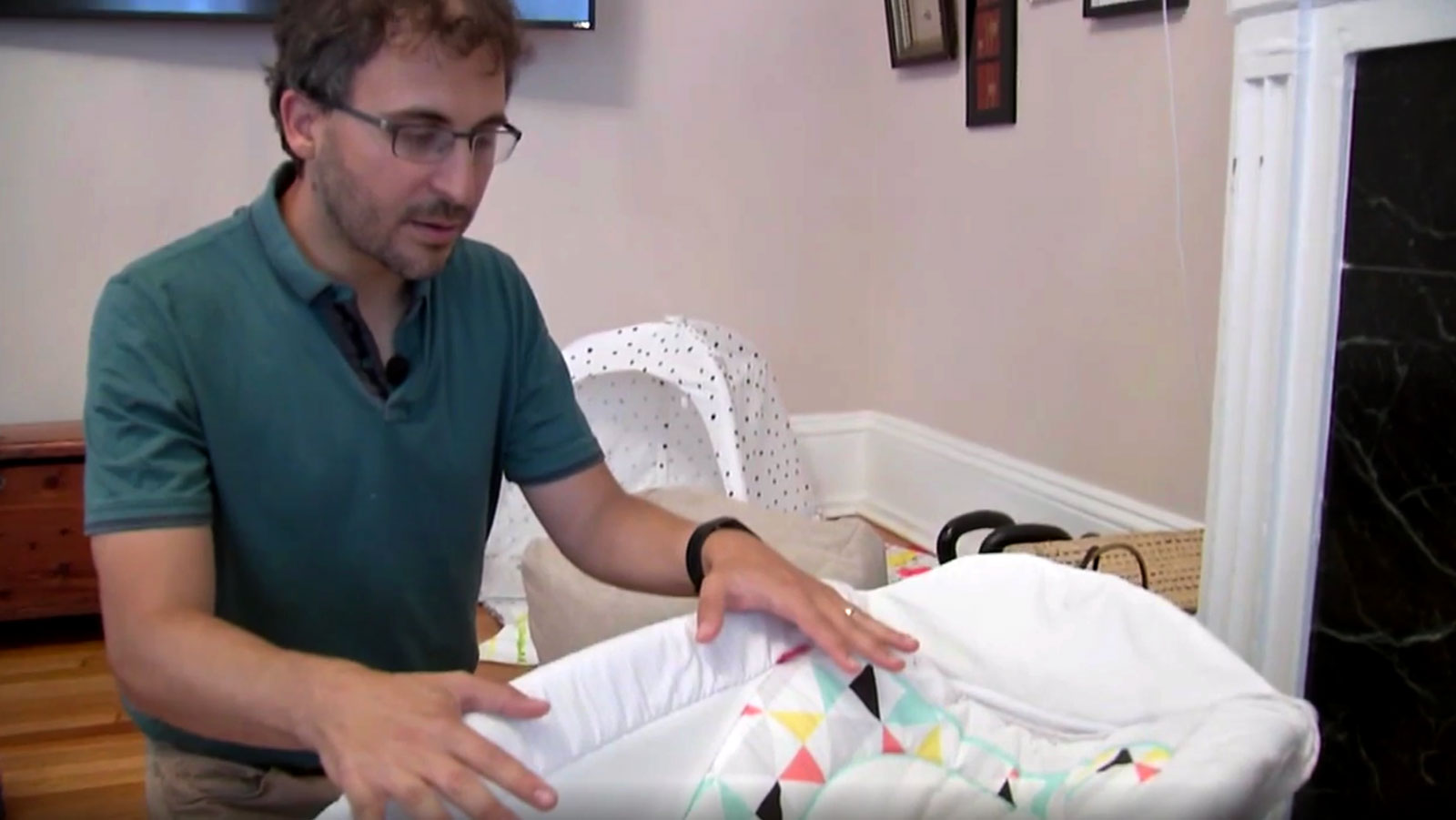
Recalled infant sleepers
A survey of infant sleepers in use at day care centers months after a recall
Every day, millions of kids are dropped off at child care facilities across the country by parents and caretakers who are looking forward to seeing them safe and sound at the end of the day. But new research found some dangerous recalled products are still in use at child care facilities across the country.

Every day, millions of kids are dropped off at child care facilities across the country by parents and caretakers who are looking forward to seeing them safe and sound at the end of the day. But new research found some dangerous recalled products are still in use at child care facilities across the country.








Topics
Find Out More


Is Alexa always listening? How to protect your data from Amazon

Safe At Home in 2024?


